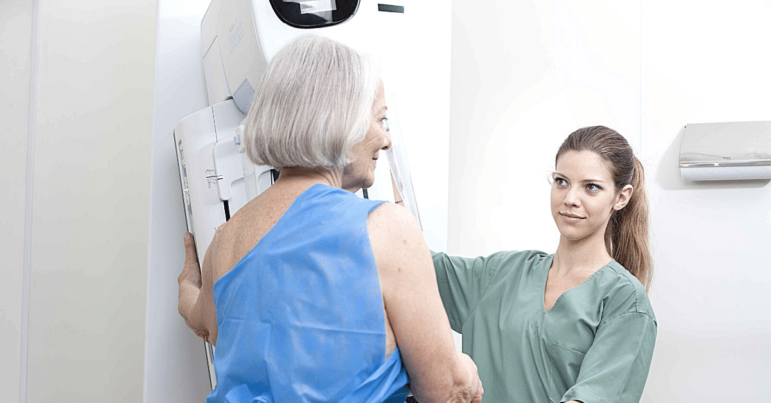Preventive cancer screenings have been greatly reduced during the Covid-19 pandemic, to the alarm of some doctors. However, many clinicians also recognize the opportunity Covid-19 provides to reduce unnecessary cancer screenings that can cause harm.
In very old age, people are less likely to live long enough to experience any benefits from screening, and they are more susceptible to harmful complications of testing and treatment. For this reason, the US Preventive Services Task Force includes ages for when they recommend stopping cancer screening; they recommend screening for colon cancer only from age 50 to 75, for example.
Yet people are frequently screened for cancer at an age when they are unlikely to benefit. Nursing homes often screen very old people for cancer, even though they are likely to be harmed by surgery or treatment if cancer was found. In one 2014 study, among older patients with very high mortality risk, 37.5% were screened for breast cancer, 30% were screened for cervical cancer, and 40% were screened for colorectal cancer.
A recent study from researchers at the Penn State College of Medicine finds that cancer overscreening among older adults is still quite common. They used the 2018 Behavioral Risk Factor Surveillance System (BRFSS), a nationally representative data set with more than 175,000 participants, and measured the proportion of adults over the recommended age who reported being screened for colorectal (age cutoff of 75), cervical (65), or breast cancer (74). Participants were excluded if they had a history of that cancer.
Overall, 45% of survey respondents reported they had been screened for either colorectal, cervical, or breast cancer, although they were above the USPSTF’s recommended age for screening. Overscreening was the most common for breast cancer, with 74% of women above age 74 reporting having a mammogram. Cervical cancer had the lowest rate of overscreening, with 45.8% of women over 65 reporting being screened (yet, 32% of women who had a hysterectomy were still overscreened). Participants with an estimated 10-year mortality risk of 50% or more were no less likely to receive screening than those with longer life expectancies.
Women living in metropolitan areas, who had a usual source of health care and reported being in good or excellent health were at an increased risk of overscreening, compared to women living in rural areas without a usual source of care and poorer reported health status. Black women were more likely to be overscreened for cervical or breast cancer compared to white women. Higher levels of education and being married were associated with higher rates of overscreening for women as well.
The authors suggest that overscreening may be related to urban location because women often have easier access to screening facilities in cities compared to rural areas, making it more likely they will receive screening, appropriate or not. Another interesting theory is that clinicians in rural areas have longer and more trusting relationships with patients, so they have the time to discuss with patients why screening is no longer recommended after a certain age. The fact that there are more facilities, more technology, and more competition for patients in cities could increase unnecessary screening, though the authors do not mention these factors. The authors call for additional research on causes of overscreening and interventions to reduce this persistent trend.
